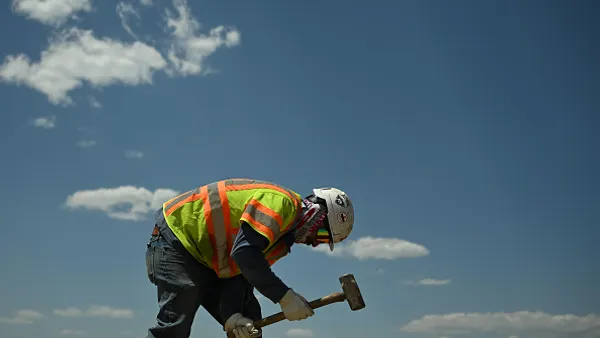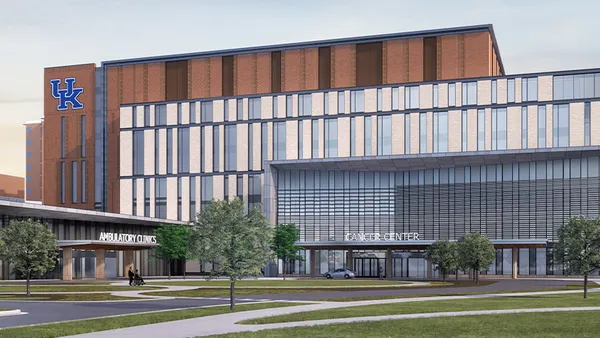Dive Brief:
-
The median age of owner-occupied housing in the U.S. is steadily rising, coming in at 37 years old in 2015 compared to 31 years in 2005, according to a report by the National Association of Home Builders. The increase is primarily due to low levels of new residential construction activity in the last decade.
-
More than half of that stock (53%) was built before 1980, with 38% built before 1970. Owner-occupied homes constructed after 2000 accounted for 19% of owner-occupied housing, with homes built after 2010 taking a 3% share in 2015 compared to a 9% share in 2005.
-
The aging homes are clustered in New England and the Mid-Atlantic, while the West reports younger stock. The average age of owner-occupied housing is 75 in Washington, DC, and 57 in New York. The median age in Nevada is 20.
Dive Insight:
The NAHB notes that with the U.S. housing stock aging, demand for new construction is set to pick up in the long-term and the remolding market could also receive a boost as older buildings often require retrofits.
New single-family construction is slowly recovering, with the effect of growing the country’s inventory base. Housing starts for single-family homes fell 4.1% from October to November to a seasonally adjusted annual rate of 863,000 but were up 5.3% from a year ago, recent Commerce Department figures show. Meanwhile, single-family building permit authorizations increased 2.8% in November from a year earlier.
A run-up in home prices on the back of a supply shortage has encouraged owners to invest in repair and renovation work. The NAHB’s Remodeling Market Index posted a reading of 57 during the third quarter of 2016, up four points from the previous quarter.
Overall, homebuilders and remodelers have added a net 120,000 jobs in the last year and 658,000 positions since the recession, according to an NAHB analysis of Bureau of Labor Statistics data.
The country’s aging housing stock is already stressed from heavy demand and stands to face additional pressure from an expected 25 million households formed in the U.S. by 2035, according to a recent report from The Harvard Joint Center for Housing Studies. Baseline demand for new housing from 2015 to 2025 is anticipated at between 16 million and 18.2 million units.
For more housing news, sign up for our daily residential construction newsletter.













